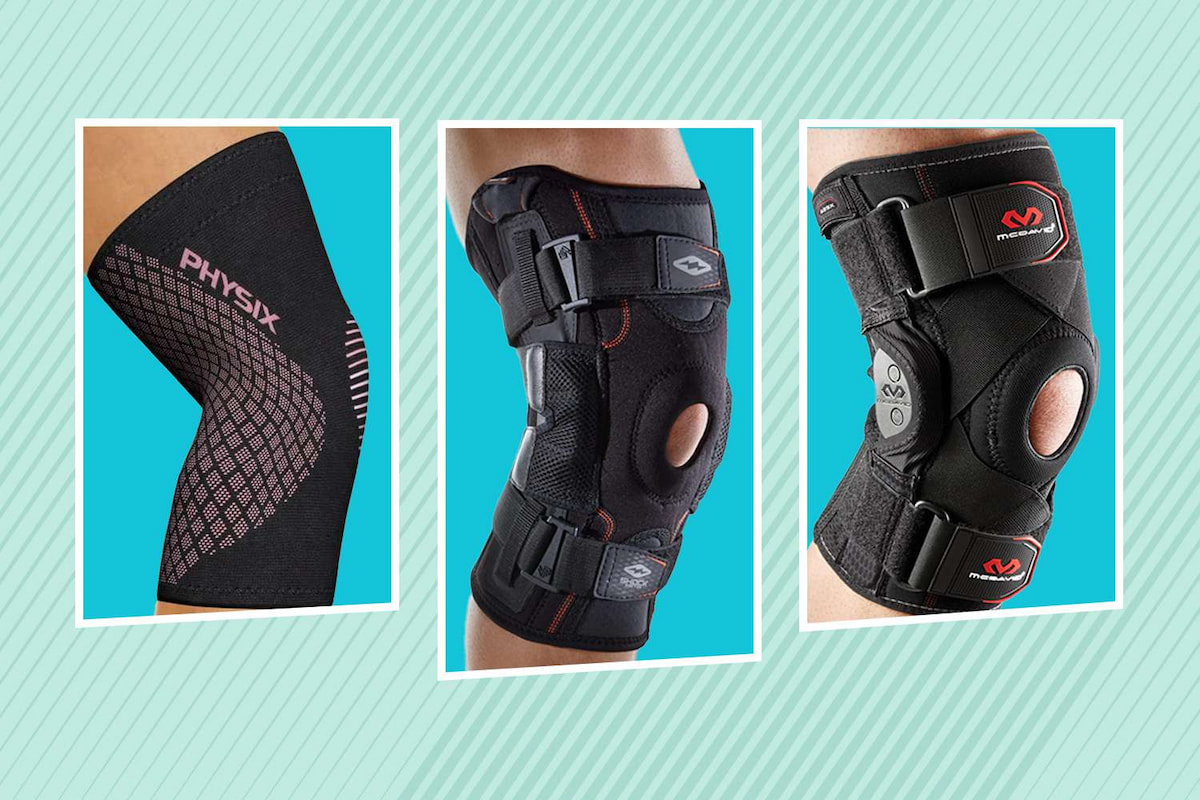If you’re leading an active lifestyle, you know that healthy ligaments and tendons are important for achieving good results, regardless of the type of activity you commonly do. Many people are working out at home these days, but it doesn’t lower down the possibility of a knee injury. If you’ve ever had any kind of knee issues, you want to take proper care of your knee health.
Knees are one of the most easily injured joints in the body. The range of knee problems can go from mildly inconvenient to completely debilitating. Knee ailments can be caused by biomechanics, like tilted knee caps, an injury or natural wear and tear due to age. Whatever the cause, it doesn’t make the pain, instability, stiffness and swelling any easier to handle.
Make sure to always consult your doctor and follow their guidance. To prevent injuries and treat mild to moderate pain, compression garments are an excellent option. When worn during exercise, they may increase oxygen flow to the muscle tissue and decrease recovery time. The terms knee ‘compression braces’ and ‘knee compression sleeves’ are often used interchangeable, however, there is a difference between the two, as you can see below.
Compression Knee Braces vs. Knee Sleeves

Knee braces are important to prevent an injury. Compression braces are made from a combination of metal, plastic, foam, or straps and elastic material. They are available in many sizes and designs. You can find different kinds of compression braces used for different reasons online or in brick-and-mortar stores.
A compression brace should be used as directed by your doctor. Good strength and flexibility are very important and you may need to focus on stretching the muscles around your knee, strengthening your leg and improving your techniques. Consider changes in your activity intensity or training schedules to limit knee stress.
A support brace can slow and limit movement and can be used after an ACL injury, allowing the patient to gradually regain their range of motion. Also, it can be quite helpful for arthritis sufferers as it can reduce pain and inflammation. Most importantly, the brace should feel comfortable and provide a level of support based on your individual needs. There are several types of knee braces you can choose from, such as the following.
Hinged Knee Braces
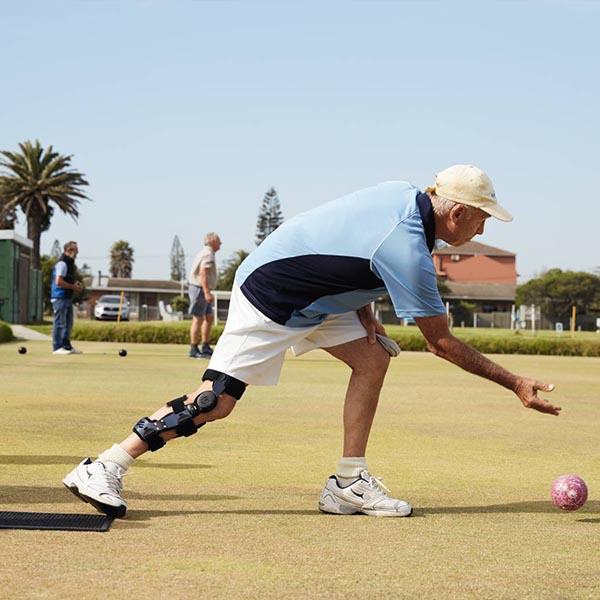
They are often used post-surgery, for athletes and patients who need a higher level of protection and support. A hinged knee brace keeps your knee in the proper alignment when it bends and can help heal and avoid further injuries.
Closed and Open Patella Braces
These are knee braces with a hole in the centre of the brace, an open patella, or with no holes, known as closed patella. Braces with an open patella provide relief of knee pressure and extra knee cap support with proper tracking and movement. Closed patella braces offer additional support and allow compression at the knee cap with the same pressure as the rest of the knee.
Dual Wrap Braces
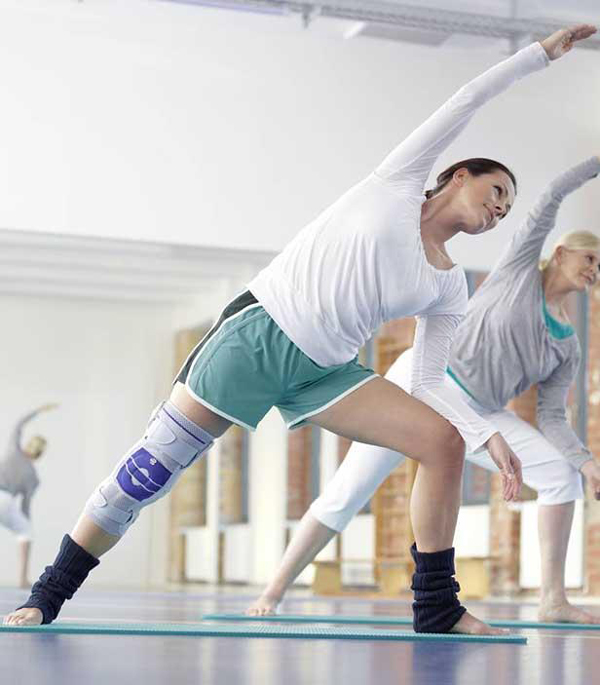
This type of braces is a good choice for athletes experiencing mild to moderate knee pain. Dual wrap braces provide support and are easy to put on and take off whenever needed and can be used while training.
Knee Straps
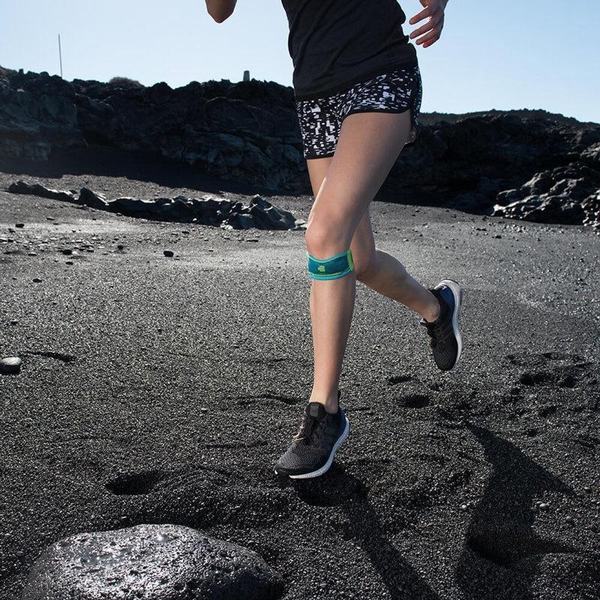
These are perfect for those who suffer from knee pain due to runner’s knee, jumper’s knee, patella tracking, Osgood-Schlatter disease and more. They help prevent patella injuries and minimise knee pain by putting compression on the patellar tendon. A knee strap can fit well under clothes and is easy to put on and take off.
Knee Sleeves
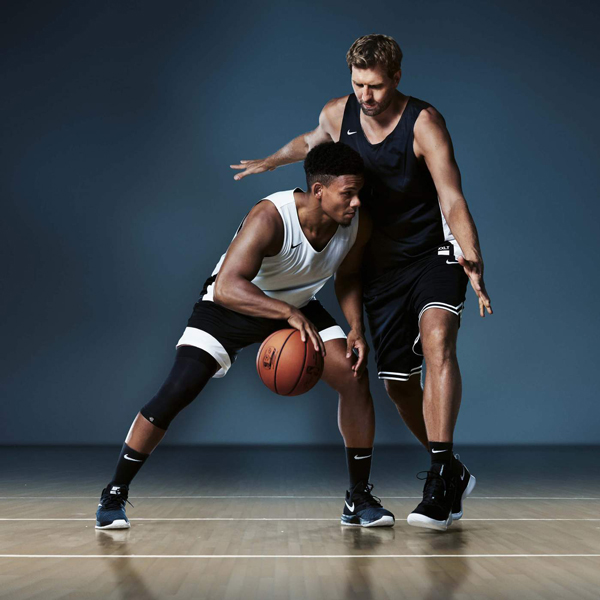
When it comes to knee sleeves, they’re not technically braces but are a common type of knee support. They provide compression around the knee joint and help support the knee and can control pain and swelling. Same as knee braces, knee sleeves can be effective in knee rehabilitation after an injury, ACL surgery or else, by helping with everything from balance control to joint stabilisation. They can help alleviate pain, stiffness and joint instability, which is often associated with arthritis, however, it’s important to choose a sleeve versus a brace in coordination with your doctor.
Knee sleeves don’t hinder the natural range of motion of your knee or immobilise the joint in any way. They are designed to protect the knee from future injury or risk of future damage to an injured area, a protection which is particularly important for those who put their knees under pressure daily in activities such as running, jumping, weightlifting.
A knee sleeve is a piece of fabric that slips over your knee. It provides compression and lighter support to increase blood flow, reduce swelling and prevent injury. A knee compression sleeve can fit discreetly and comfortably under your clothing. They’re available in a variety of sizes and designs, so you can choose a knee sleeve that’s most suitable to your needs.
Keep in mind that a knee sleeve doesn’t need to be worn all the time, but can provide some great benefits if you wear it during your workout. If you’re running, jumping or doing knee-centric weightlifting like squats or deadlifts, a knee sleeve can help perform longer and safer and prevent post-workout soreness.
In the end, it’s important to note that there is no replacement for proper training and technique. Years of training with improper technique can be disastrous for your knees, that’s why make sure you combine the proper technique with the right equipment to gain strength and efficiency.
